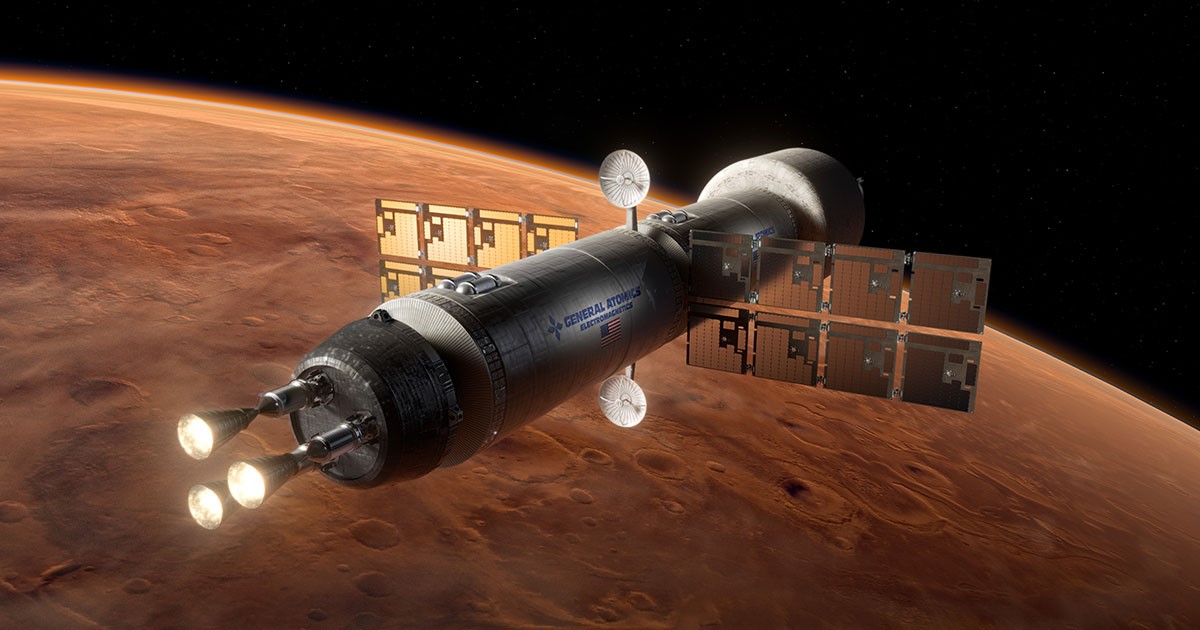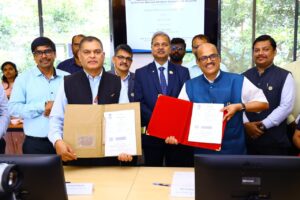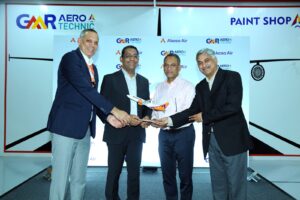
General Atomics Electromagnetic Systems (GA-EMS) has announced that it has successfully executed several significant high-impact tests at NASA’s Marshall Space Flight Center (MSFC) to advance the development of Nuclear Thermal Propulsion (NTP) reactor technology for rapid, agile cislunar transportation and deep space missions, including human missions to Mars. Tests were conducted in collaboration with NASA to verify the ability of the GA-EMS design-specific nuclear fuel to meet the high-performance specifications required to withstand the extreme operational conditions expected in space.
“The recent testing results represent a critical milestone in the successful demonstration of fuel design for NTP reactors,” said Scott Forney, president of GA-EMS. “Fuel must survive extremely high temperatures and the hot hydrogen gas environment that an NTP reactor operating in space would typically encounter. We’re very encouraged by the positive test results proving the fuel can survive these operational conditions, moving us closer to realizing the potential of safe, reliable nuclear thermal propulsion for cislunar and deep space missions.”
GA-EMS executed several high-impact tests at NASA’s MSFC in Huntsville, AL. The nuclear fuel was tested with hot hydrogen flow through the samples and subjected to six thermal cycles that rapidly ramped-up to a peak temperature of 2600 K (Kelvin) or 4220° Fahrenheit. Each cycle included a 20-minute hold at peak performance to demonstrate the effectiveness of shielding the fuel material from erosion and degradation by the hot hydrogen. Additional tests were performed with varying protective features to provide further data on how different material enhancements improve performance under reactor-like conditions.
“To the best of our knowledge, we are the first company to use the compact fuel element environmental test (CFEET) facility at NASA MSFC to successfully test and demonstrate the survivability of fuel after thermal cycling in hydrogen representative temperatures and ramp rates,” said Dr. Christina Back, vice president of GA-EMS Nuclear Technologies and Materials. “We’ve also conducted tests in a non-hydrogen environment at our GA-EMS laboratory, which confirmed the fuel performed exceptionally well at temperatures up to 3000 K, which would enable the NTP system to be two-to-three times more efficient than conventional chemical rocket engines. We are excited to continue our collaboration with NASA as we mature and test the fuel to meet the performance requirements for future cislunar and Mars mission architectures.”
GA-EMS conducted testing for NASA under a contract managed by Battelle Energy Alliance (BEA) – Idaho National Lab (INL).











